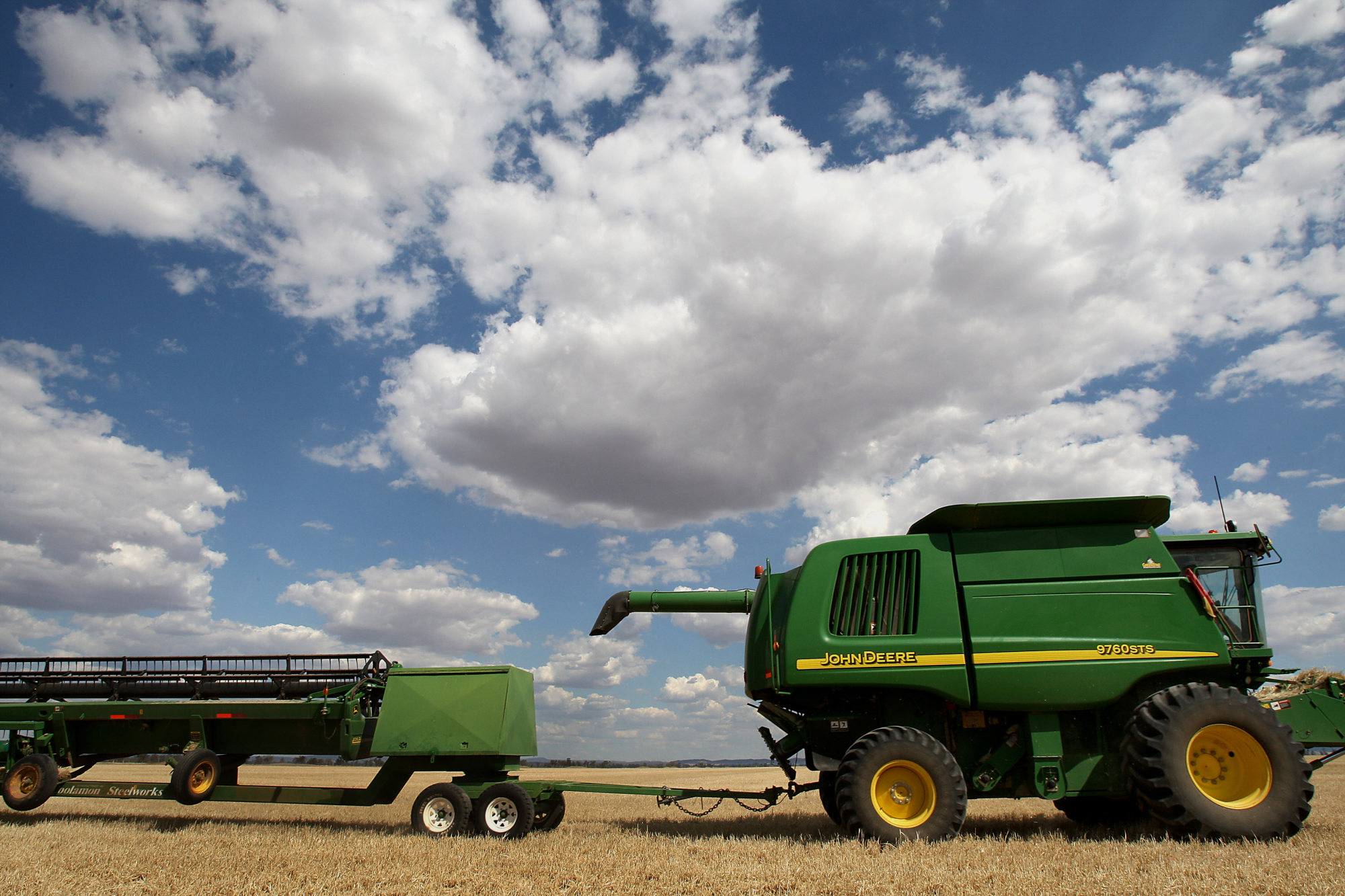
Is China taking the XXXX out of Australia?
- It’s hard to imagine Australians are short of urea, the humble chemical that goes daily down the dunny, but a dwindling supply threatens to cripple the country’s logistics
- Historical shuttering of manufacturing in favour of selling dirt to the Chinese for a quick buck, reveals yet another weakness in Australia’s flawed economic strategy
GRAB A XXXX, THE PRIDE OF QUEENSLAND
I must admit my eyeball rolling of 2021 has stopped and I am now starting to feel sorry for the Aussies, who still seem to be looking at life through beer goggles.
Back then, Australia made practically everything it needed, but in recent years it has transformed into a nation selling just about anything it can to anyone and buying practically everything it consumes from elsewhere. More specifically, China, which had plenty of money to acquire very nice assets and lots of stuff to sell you on the cheap. Until it didn’t. Ted most likely turned in his grave as the last Australian-made fridge rolled off the production line in 2016. They are now imported from China.

AUSTRALIANS WOULDN’T GIVE A XXXX FOR ANYTHING ELSE
A startling illustration of this is the latest fiasco that threatens to bring the entire country to a standstill: China’s refusal to sell any more synthesised pee to Australia. For a bit more depth I must apologetically dust off my ‘A’ level chemistry. Urea, good old CH₄N₂O, is 2 per cent of what makes up urine, with the rest mostly water. It is used extensively in the following:
-
Animal feed and fertilisers promoting growth in all kinds of farming, by offering a timed release of its nitrogen. About 90 per cent of synthetic urea is used for this.
-
Diesel exhaust fluid (DEF) is a mix of about one-third urea and two-thirds deionised water – or power pee – which is sprayed into the exhaust pipes of diesel vehicles to break down nitrous oxide emissions into nitrogen and water.
-
Non-corrosive de-icers.
-
Hair removers, skin creams, moisturisers, shampoos and conditioners, tooth whiteners and dish soaps.
-
Explosives.
So if you run out of urea these days, you’ll eventually end up a nation of immobile trolls that can’t farm and you’ll find you have run out of ammo. That might be Australia in 2022.

TAKING THE UREA
Putting the jokes aside for the moment – and there are many of them coming to mind – urea manufacturing is a lowly industry. It has been synthesised since 1828 by using natural gas, or coal gas, to make ammonia which is then combined with carbon dioxide. It’s not difficult, but without it you’re up a gum tree without a paddle.
The Australians have no shortage of gas or coal to make ammonia but have few facilities to synthesise it into urea. So they have been exchanging it for dirt and, as a result, Australia imports 80 per cent of what it needs, with most of the rest being provided by a rather astute domestic fertiliser producer that hasn’t sold up.
Evergrande, Sinic, Fantasia: a tidal wave of Chinese debt is about to sink Australia’s economic recovery
If you run out of AdBlue when driving, the engine management system will reduce the power of the engine and you are expected to crawl to the nearest petrol station and top up. If you don’t make it or the station has run out of stock, and you stop the engine, legislation dictates that the vehicle must be immobilised by the computer. This is the major issue facing Australia and South Korea where investments in modern diesel have been a front-footed approach aimed at keeping the air clean, which is now starting to idle trucks.
To make things worse, you will need up to five litres of the fluid in a truck’s tank just to start it again, and if you run completely dry a dealer will often need to purge the system and reset it using diagnostic computers. It gets very messy, and very expensive, very quickly.

A FEW STUBBIES SHORT OF A SIX PACK
Farming communities in several parts of the world are already desperate as supplies of imported urea are running out. In India, distribution centres are being mobbed by angry farmers clashing with police.
Whilst prices and supplies of fertiliser supplies for this past growing season in the northern hemisphere were baked in, the surging price of urea and phosphates is hitting farmers in the southern hemisphere and equatorial regions now, and will affect the northern hemisphere in 2022. American farmers’ reaction to input prices will be revealed in March 2022 with the first surveys. Usually those are boring reads, but next year may be different.
A XXXX SHOW
The high price of natural gas has also had an effect, as the rising cost of ammonia production is causing a cash crunch at manufacturers, some of which have had to be bailed out or go offline. As we head into this winter of discontent it will absolutely, for sure, get worse.
China has done precisely what one might expect when staring at this grey rhino charging straight at it: made its domestic urea demand the utmost priority. But in the process, it can effectively hold hostage nations that foolishly have made themselves dependent on its supply, selectively exporting to friends and family only, which with the export curbs in place it has done.
It promises to get very political very fast, as 2022 must be not only a year of recovery and sustainability, but with the real prospect of Australia and India having to go to China ‘cap in hand for help’, a year where a lot of political face is going to be traded.
Neil Newman is a thematic portfolio strategist focused on pan-Asian equity markets


